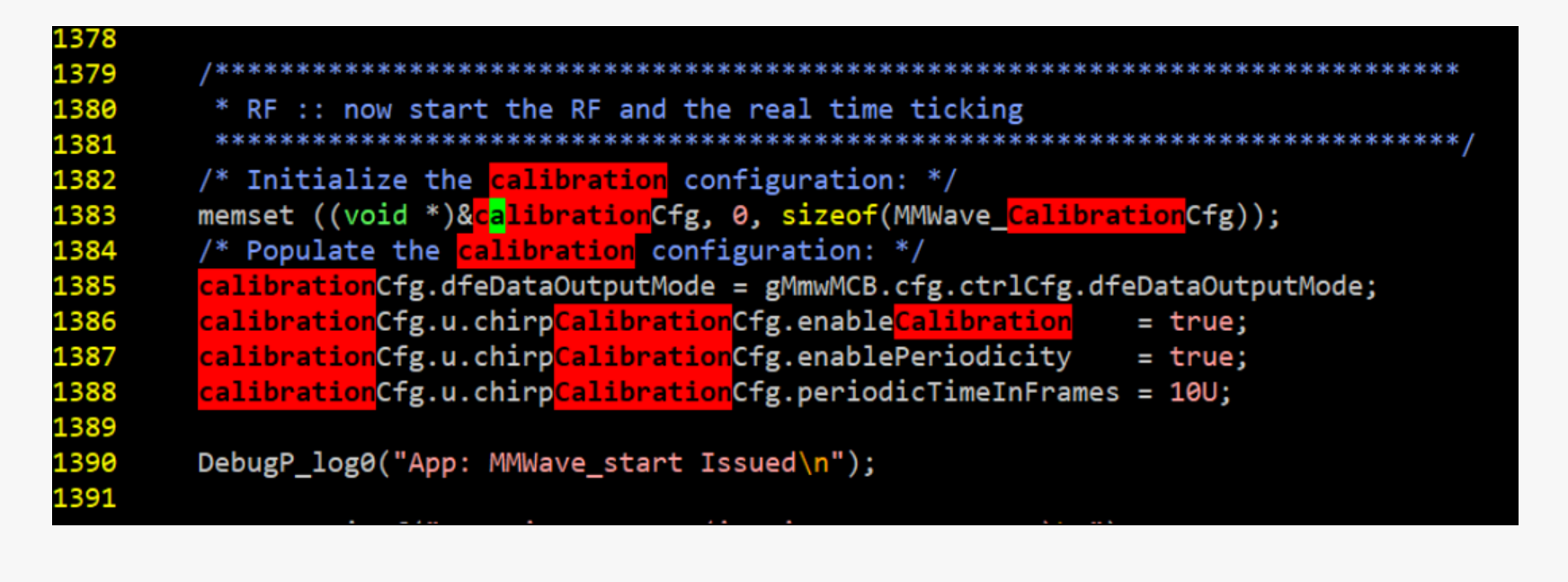Hi,
I am using IWR6843 ES2.0 Radar module. I am using a Corner Reflector placed at about 3m from the Radar. Using mmWave Demo Visualizer version(3.5.0), I am recording the SNR Value of the Corner Reflector target at bore sight.
1. With SDK 3.5.0.4 Out-of-Box Binary and its profile_2d.cfg, SNR observed was 89dB.
2. The same Radar with SDK 3.3.0.3 Out-of-Box Binary and its profile_2d.cfg. The SNR observed was 92dB.
We repeated the above at different angles, ranges. And with different Radar Modules.
See that there is a difference of about 3dB between the two SDKs.
What is causing this difference in SNR?
Regards,
N.Shankar


